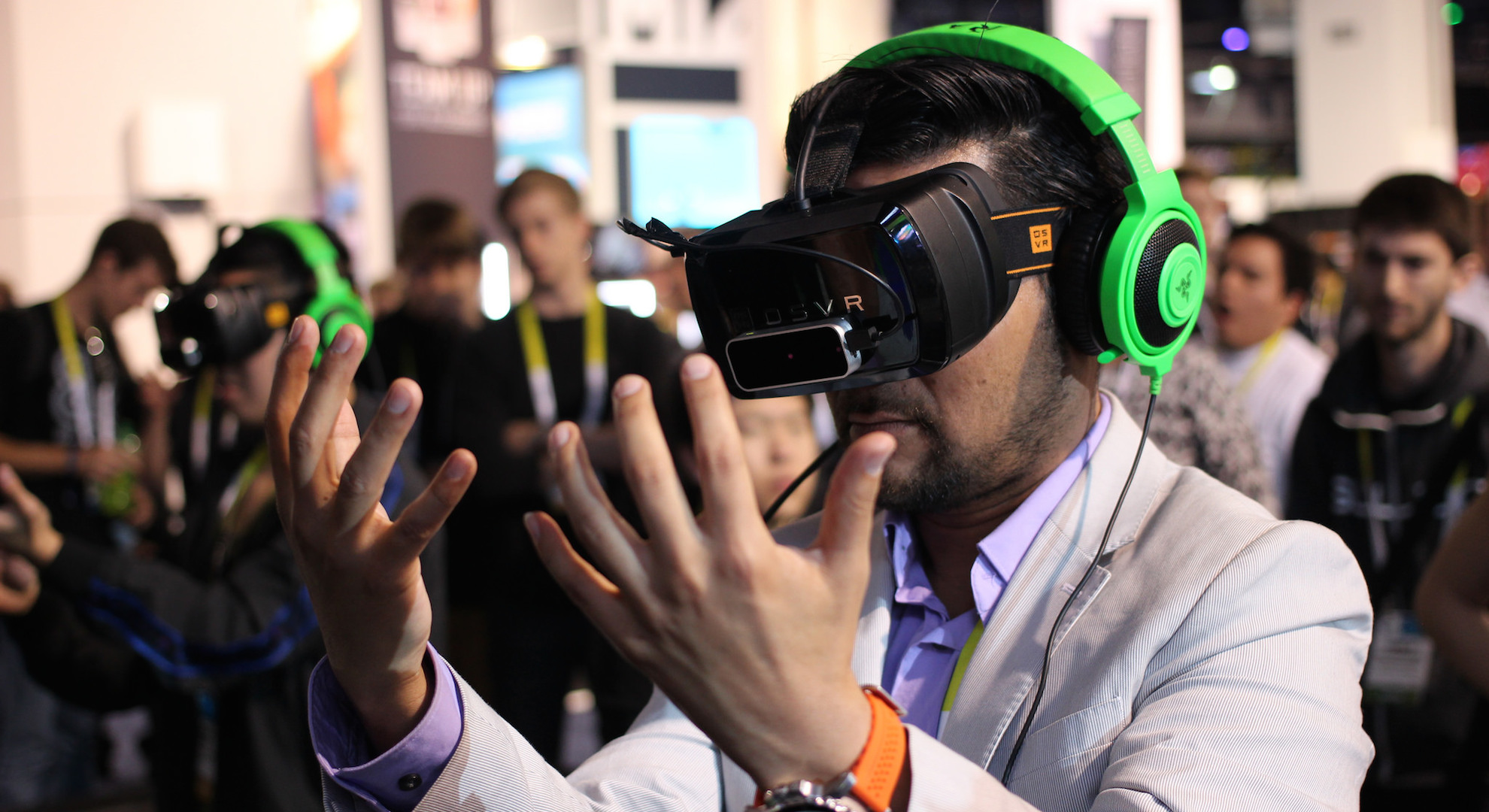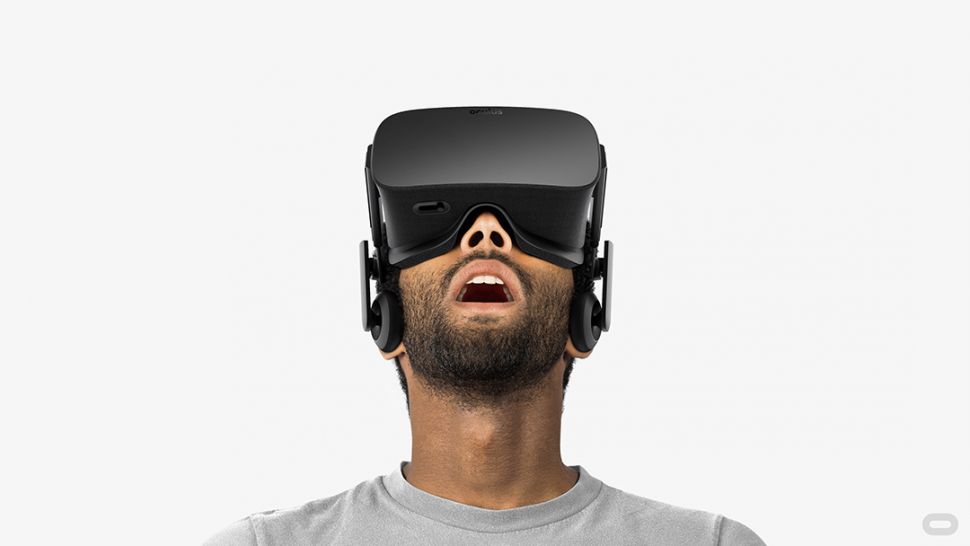The VR rulebook: how to create safe spaces in virtual worlds
Are we doing enough to ensure a healthy future for virtual reality?

Over the past twelve months, we’ve witnessed real world examples of how virtual reality tech could soon be transforming the way we live, work and play for the better. Aside from the more obvious ways it could shake up gaming, sex and entertainment, we’ve also explored its potential to breathe new life into creative industries, ensure construction sites are safer, diagnose serious illnesses and so much more.
But considering the deeply immersive nature of virtual reality, it’s also raised a number of fears and concerns about the effect such a new of breed of tech –without social context, long-term research, or a set of ethical guidelines – could have on both a personal and societal level.
This is hardly surprising. Whenever a new technology or form of media enters mainstream consciousness, it’s often applauded for its potentially transformative effects whilst simultaneously being labelled dangerous at the same time.
Researchers have long been trying to understand why some technology slots seamlessly into our lives whilst others elicit responses that range from mild caution all the way to moral panic. Back in 2011, Genevieve Bell, an anthropologist who works for Intel, spoke to The Wall Street Journal about what she thinks it is that makes tech seem threatening and can make us collectively panic about it.
She suggested that for something to cause moral panic it needs to satisfy three rules. It needs to change our relationship to time, our relationship to space and our relationship to one another. She suggests any of these on their own can be unsettling, but by combining all three you can bring about panic and widespread concern.
Not all panic is misguided
Due to the immersive qualities of virtual reality and its power to transport people to different spaces, different places, distort senses and perceptions, it’s hardly surprising that it has become a breeding ground for concern.
But let’s not forget that we’ve seen many examples of this type of panic over the past century with people concerned about everything from telephones to social media being about to irreversibly change the way we live and communicate for the worse.
Sign up for breaking news, reviews, opinion, top tech deals, and more.
There’s often a certain amount of humor and eye-rolling attached to these concerns, as older generations today look back at the things that caused their elders a certain amount of panic in their day. This means that many of us shrug off the concerns of others, believing they’re not being forward-thinking enough and embracing innovation.
But not all panic is misguided. Some of the concerns about virtual reality currently hold a lot more weight than your Grandmother shouting at you for being on Facebook and not speaking to people face-to-face as much as she did at your age. This doesn’t mean we should do away with the tech or drum up fear about it. The key is understanding the potential problems and creating a sense of responsibility to ensure we have the best processes in place to either prevent them or deal with them.
Feelings of isolation
As virtual reality is concerned with crafting virtual environments and spaces, it makes sense that one of the most obvious concerns about transporting your mind to another place is the sense of isolation this might cause and the way it can so convincingly disconnect you from the real world.
We spoke to immersive media specialist Catherine Allen, who produced two of the BBC's first VR projects.

“Perhaps extreme loneliness creeping up on people, because they spend so much time in VR, that they become detached from real people, in the real world, and hence lack any deeper bonding opportunities," could be society’s worst fears regarding VR and isolation, she explained.
"Or, could it be the fear of neglect?”
“Think of the well known cases in Asia,” she told us, “where parents have killed or severely neglected their children because they have spent so much time gaming that they have failed to address the caring needs of the real world.”
Concerns around tech and isolation raises many interesting discussions about responsibility. Should those creating the hardware and the experiences within them really have to consider how people are using their tech? Or is the onus on the individual?
“To address these challenges, we creators should think about end-to-end experiences, not just the content or software,” Allen explained.
“VR is not at its best as something to spend hours, in, away from the world. Instead it works well as a special, potent and potentially transformative activity.”
Should those creating VR experiences have to consider how people are using their tech? Or is the onus on the individual?
But there’s a fine line. It’s interesting that a lot of the things that make people panic about tech are in fact the aspects that bring about the biggest benefits. “The isolation is part of its power,” Allen told us.
“But we can play to this isolation by making experiences that use it to engender a range of personal growth opportunities; including self reflection, perspective shift, state change and concentration/flow. We shouldn’t craft experiences that encourage users to spend very long periods of time in VR, ignoring other, real life people.”
Allen also adds that “fears around isolation are a reoccurrence with many new forms of media”. But the difference here is that virtual reality can conjure up the most convincing sense of isolation that we’ve seen to date. You can feel isolated in more traditional forms of gameplay, but when your senses are all convinced you’re really somewhere else, the impact could be more than neglecting your personal responsibilities, but could instead lead to deeper rooted psychological issues further down the line.
It’s easy to label that kind of thinking as over-excessive worry, but the truth is there’s been very little research into these psychological effects as the tech is still evolving every day.

Becca is a contributor to TechRadar, a freelance journalist and author. She’s been writing about consumer tech and popular science for more than ten years, covering all kinds of topics, including why robots have eyes and whether we’ll experience the overview effect one day. She’s particularly interested in VR/AR, wearables, digital health, space tech and chatting to experts and academics about the future. She’s contributed to TechRadar, T3, Wired, New Scientist, The Guardian, Inverse and many more. Her first book, Screen Time, came out in January 2021 with Bonnier Books. She loves science-fiction, brutalist architecture, and spending too much time floating through space in virtual reality.